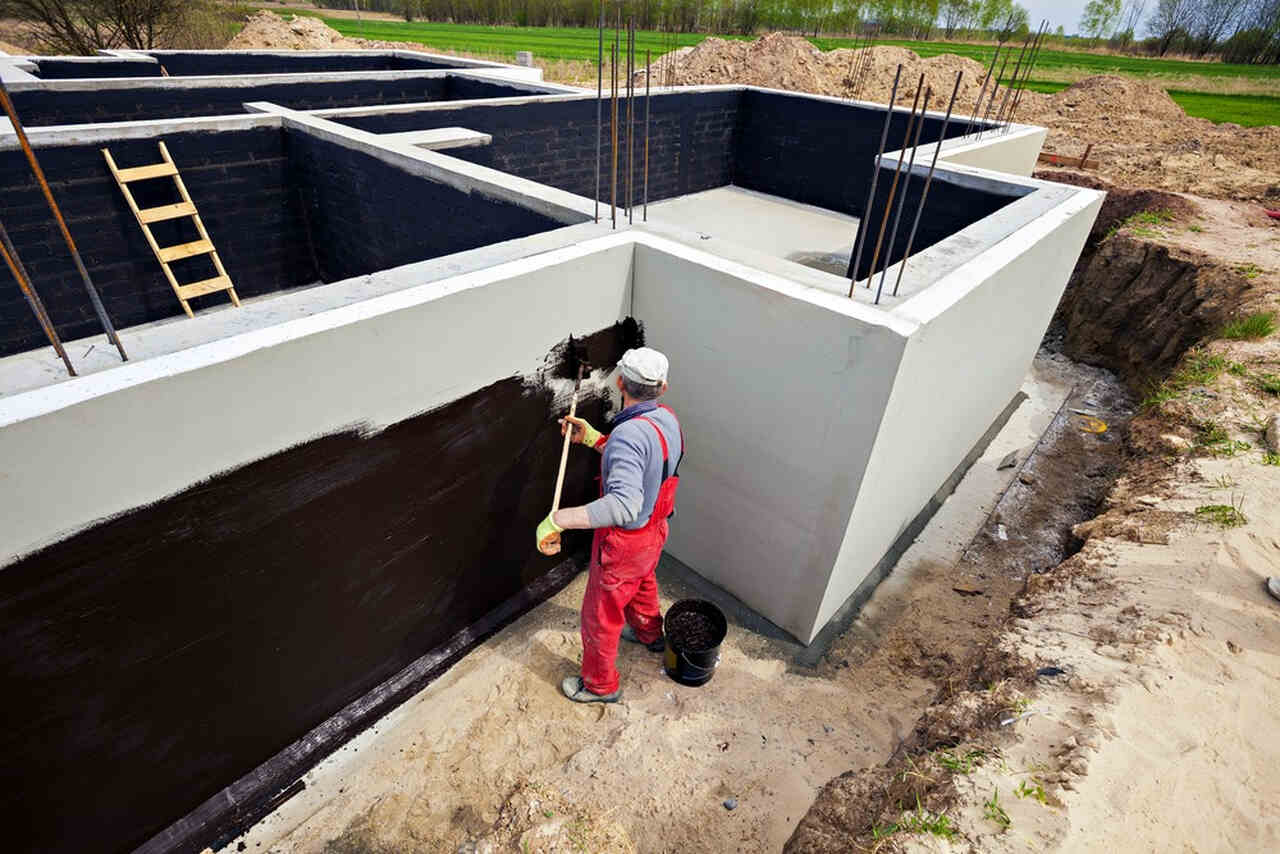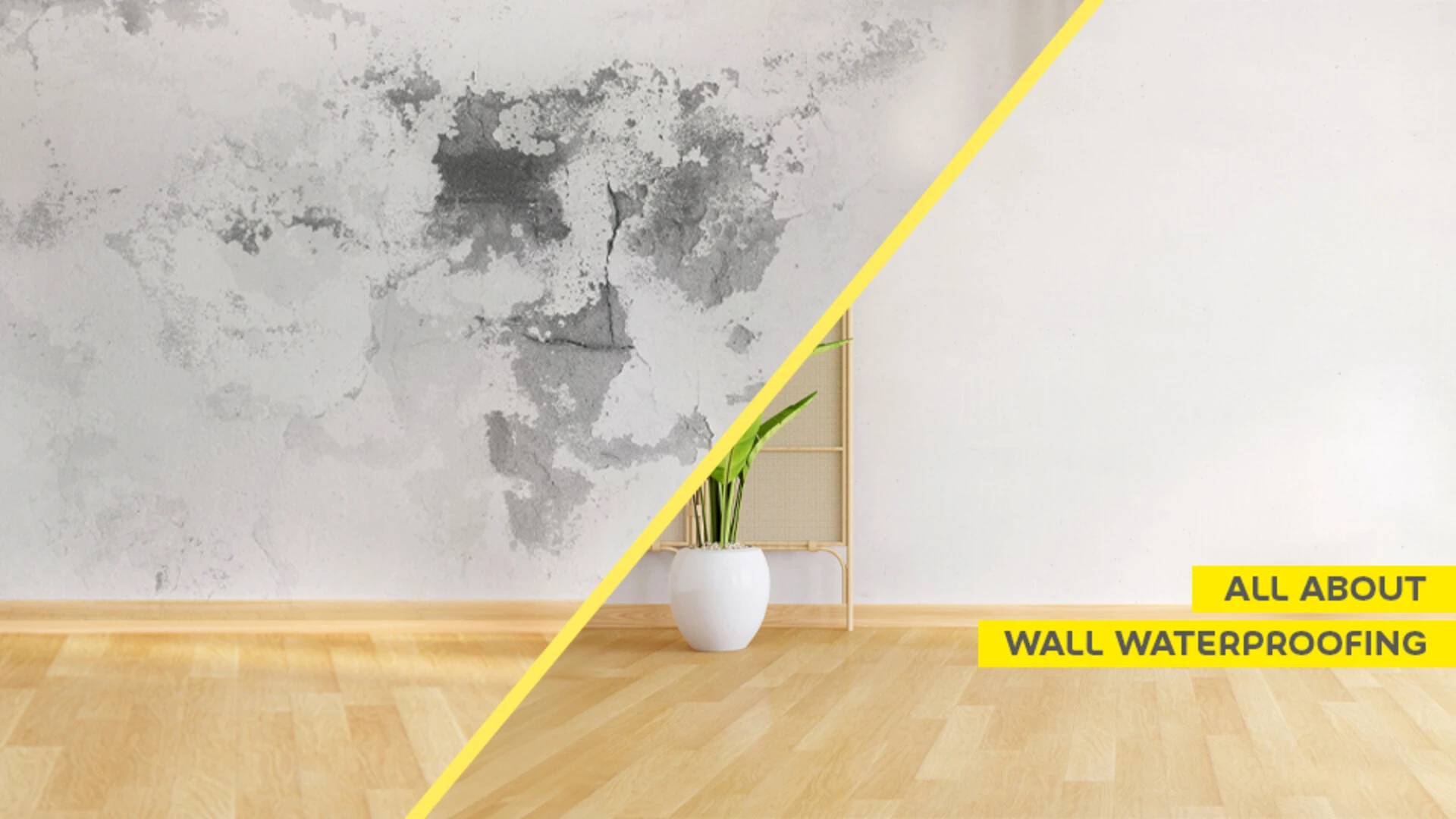Sump pump installation & replacement Omaha: A Homeowner’s Checklist
Wiki Article
Kinds of Waterproofing: Checking Out the Different Approaches and Their Applications
Waterproofing is a vital element of building and construction and upkeep. It shields frameworks from the harmful results of water damage. There are numerous approaches offered, each with its distinct applications and benefits. From membrane systems to cementitious options, comprehending these choices is necessary for reliable application. The option of waterproofing method can substantially influence durability and longevity. Checking out these different strategies reveals their distinct benefits and potential difficulties, triggering more factor to consider of perfect options.Membrane Waterproofing Solutions
Membrane waterproofing systems offer as a crucial barrier versus water breach in various structures. These systems usually include thin sheets made from materials like rubber, polycarbonate, or asphalt, which are related to surface areas to stop moisture infiltration. They can be mounted above or below grade and are particularly reliable in locations vulnerable to high water direct exposure, such as cellars, roofs, and foundations.The setup process involves cleaning the substratum, applying adhesives or primers, and exactly fitting the membrane layer to ensure complete coverage. Membrane layer systems can be either fully stuck, mechanically attached, or laid loose, relying on the specific demands of the project. They offer sturdiness and versatility, accommodating architectural activities without compromising their waterproofing capabilities. These systems can be strengthened with added layers for boosted defense. Inevitably, membrane layer waterproofing systems are crucial for guarding structures versus water damages and maintaining lasting integrity.Liquid-Applied Waterproofing Coatings
Liquid-applied waterproofing layers offer a functional service for protecting surface areas from water infiltration - Yard drainage Omaha. These finishings contain fluid materials that, when applied, form a smooth, flexible membrane. Their flexibility enables for application on various substratums, consisting of concrete, steel, and wood. The finishes can be made use of in diverse atmospheres, from household to industrial setups, making them ideal for roofs, foundations, and below-grade structures.One substantial benefit of liquid-applied layers is their capacity to adjust to uneven forms and pass through splits, developing a durable obstacle versus wetness. They typically show superb attachment residential or commercial properties and resistance to UV radiation, making sure longevity and resilience. Furthermore, the application process is typically uncomplicated, enabling quick installment and reduced labor costs. This technique likewise decreases the threat of water pooling, as the continual layer properly directs water away from at risk areas. Generally, liquid-applied waterproofing finishes are an efficient selection for complete water defenseCementitious Waterproofing Solutions

Cementitious waterproofing remedies offer a robust option for structures requiring trusted moisture protection. These systems primarily use a mix of cement, sand, and chemical ingredients to create a water-proof barrier. They are frequently related to surfaces such as concrete walls, structures, and floorings, supplying a durable, lasting protection against water intrusion.One of the essential advantages of cementitious waterproofing is its simplicity of application; it can be applied using a brush, roller, or spray, making it suitable for various task dimensions. Furthermore, this technique works with numerous surface areas and can often be utilized in combination with other waterproofing techniques.Cementitious options are especially effective in environments where water direct exposure is a concern, such as cellars or below-grade structures. Their exceptional bond buildings ensure that they bond well with substrates, supplying a solid and nonporous layer versus moisture penetration.
Bentonite Waterproofing
Bentonite waterproofing is an extremely reliable approach that uses salt bentonite clay to develop a natural barrier versus water. This technique manipulates the unique properties of bentonite, which increases upon click now contact with water, securing any possible leaks and preventing wetness seepage. It is frequently used in numerous applications, including foundation walls, tunnels, and retaining wall surfaces, where water resistance is essential.Bentonite can be used in numerous types, such as panels or coverings, offering adaptability in installment. Its ability to self-seal makes it an appealing option for areas based on shifting soil or changing water levels. In addition, bentonite waterproofing is environmentally pleasant, as it is an all-natural material that does not introduce dangerous chemicals into the surroundings.Drain and Outside Waterproofing Equipments
Reliable waterproofing often includes a mix of methods, consisting of water drainage and external systems. Drainage systems, such as French drains pipes and sump pumps, are designed to redirect water away from structures, lowering hydrostatic stress against foundations. These systems are crucial in protecting against water build-up that can cause architectural damages and mold growth.External waterproofing, on the various other hand, includes using protective obstacles to the building's exterior. Techniques such as the setup of waterproof membranes, coatings, or sealers can help avoid water infiltration. This method not only protects the foundation but also boosts the overall resilience of the structure.Together, drainage and outside waterproofing systems form a thorough solution to take care of water properly. By applying these techniques, home owners can safeguard their financial investments versus the destructive impacts of moisture, ensuring long-lasting stability and safety and security for their structures.Often Asked Inquiries
Exactly how Do I Choose the Right Waterproofing Approach for My Job?
Selecting the appropriate waterproofing approach depends upon aspects such as task type, ecological conditions, budget plan, and wanted longevity. click to read Assessing these look at this web-site elements allows for informed decisions customized to specific needs and demands.
Can Waterproofing Be Applied in Winter Conditions?
Waterproofing can be applied in cold climate conditions, yet it needs particular products and techniques. Cold temperatures might impact treating times and adhesion, demanding careful option of products created for low-temperature application.
What Are the Usual Signs of Waterproofing Failure?
Typical indications of waterproofing failing include noticeable water discolorations, peeling paint, damp smells, mold development, and fractures in wall surfaces or foundations. French drain installation Omaha. These indicators suggest that wetness is passing through the barrier, compromising its performanceJust How Long Does Waterproofing Last Before Needing Upkeep?
The longevity of waterproofing differs, commonly lasting in between 5 to 10 years. Elements such as worldly top quality, environmental conditions, and maintenance methods influence its longevity, requiring regular inspections to guarantee reliable protection against water intrusion.Exist Eco-Friendly Waterproofing Options Available?
The inquiry of environmentally friendly waterproofing options reveals an expanding rate of interest in sustainable products (Yard drainage Omaha). Various all-natural materials, such as plant-based sealers and recycled items, offer efficient solutions while minimizing ecological effect, appealing to eco aware consumersReport this wiki page